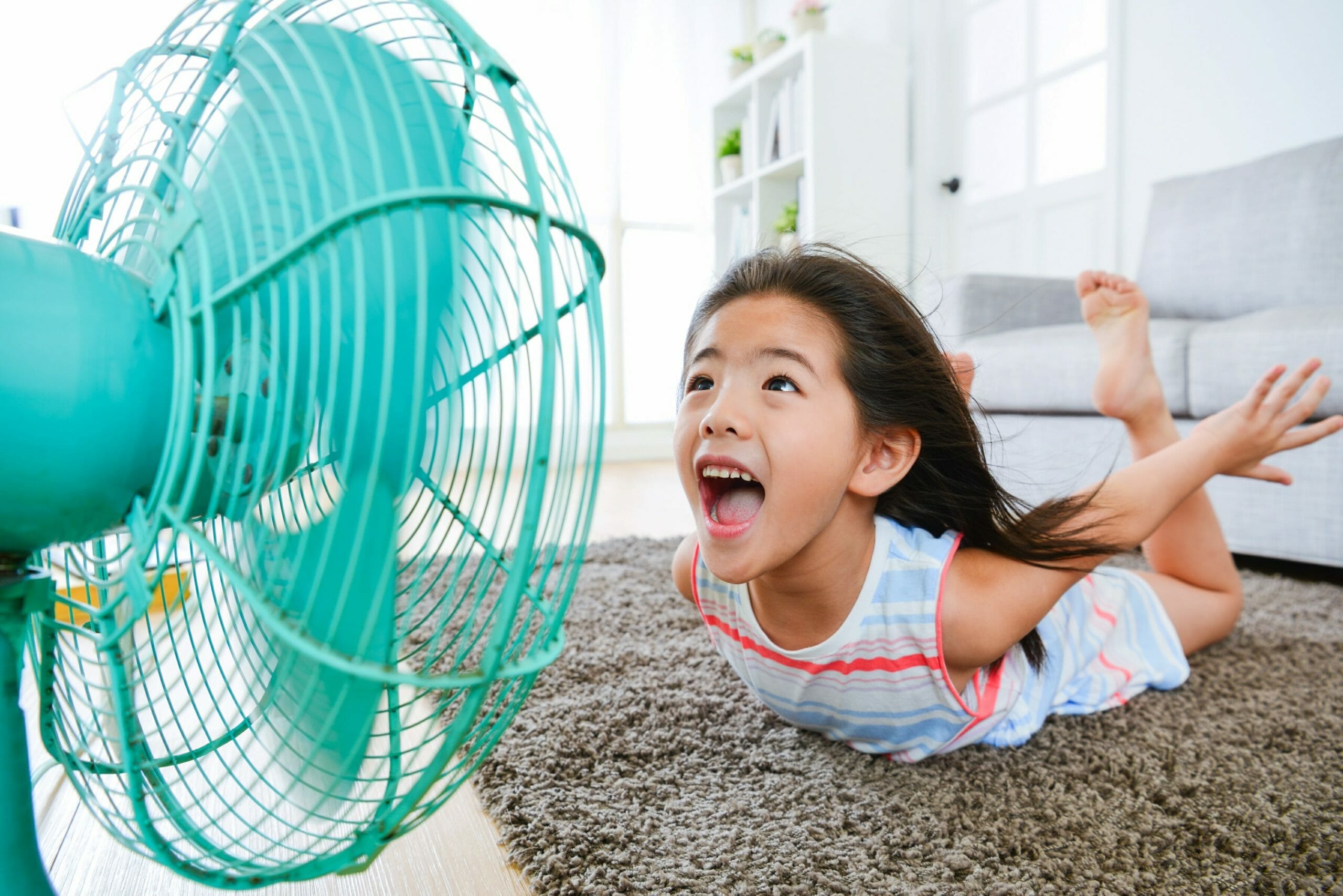
As temperatures rise and your air-conditioner keeps running you might be wondering if there is any strategy to save money on electricity in the Summer. What are some practical and helpful tips?
It’s HOT and it’s Summertime! Your utility bill comes in the mail and you hesitate before opening it. You take a deep breath and hope somehow that your increased Air conditioning usage does not dip into your upcoming vacation spending. Summertime can be so hard to stick to your budget even with all the free-fun outdoor activities and trips to the pool.
Are there things that you can do to save money on Electricity in the summertime? The answer is YES.
You can….
1. Schedule an electricity audit
2. Upgrade your insulation
3. Turn off your lights
4. Change your light bulbs – Trade out old light bulbs for LEDs
5. Purchase a WiFi programmable thermostat
6. Install spring hinges on your external doors
7. Close off unused interior rooms
8. Change the way you do laundry
9. Discounts and incentive programs
Electricity audit
Did you know that most electric companies will actually offer this service for FREE? You can schedule a call with your local electric company and they will help you by inspecting your home for air leaks and installation issues. You can even get recommendations from them on how to best make adjustments within your home to ensure you are paying the least necessary on your utility bill.
Upgrade your insulation
If you want to decrease your energy bill then you need to make sure your home is well insulated so that less hot air escapes during the winter months and cold air stays inside in the summer months, which of course reduces the amount of energy needed for heating and cooling your home. I know this sounds like a no-brainer. But, how do you check your insulation? And, if it needs to be replaced, what is the most energy and cost efficient way to replace it?
Increasing the thermal insulation in an existing home does not have to be difficult, and the financial payoff can be substantial in the long run. Your goal is to create a higher heat flow resistance in your home (this is the R-value). Most homes are under insulated, because of the disparity between building codes and the actual recommendation from the U.S. Department of Energy for energy savings. First step in the process is to seal air leaks in older homes and then to increase the level of insulation in both the attic and basement. According to the U.S. Department of Energy this can cut heating and cooling costs by 30% or more. The cost in a typical house can range from just $1500- $6,000 and will eventually pay for itself and not need to be replaced again for over 50+ years. You can also do it yourself for half of the cost. Call your local energy company and find out the exact R-value of insulation recommended for your climate. Have them come and check for leaks and give recommendations. Then, you can either add layers to existing insulation or remove and replace it with new depending on what is deemed necessary. Use either loose-fill cellulose or fiberglass. If your insulating the roof, sprayed polyurethane works best and has a higher R-value per inch, but this option is about double the price.
Turn off your lights
It’s Summertime. Use that bright sunlight to your advantage and open the blinds or curtains to let that natural light in when you need it. But, make sure to close them back when you leave a room to keep the room cooler without the extra wattage. When you do need to use your lights just make sure to turn them off when you leave a room.
Trade in your lightbulbs for LEDs
Switch to energy efficient lighting. Old lightbulbs use 90% of there energy as heat and not actual light. Find the ENERGY STAR symbol when purchasing light bulbs, which includes halogen incandescent, CFL, and LED lightbulbs. These lightbulbs all have the highest energy savings. According to energy.gov, “ENERGY STAR-qualified LEDs use only 20%–25% of the energy and last 15 to 25 times longer than the traditional incandescent bulbs they replace. LEDs use 25%–30% of the energy and last 8 to 25 times longer than halogen incandescents.” To read more click here.
Purchase a WiFi programmable thermostat
Nest Learning Thermostat is the top rated and most recommended WiFi programmable thermostat and is available on Amazon for 179.95. It controls the temperature automatically through its wireless intelligence and is integrated with Alexas voice commands. The best bang for your buck is the Emerson Sensi WiFi Thermostat. According to EnergyStar.gov, “To maximize energy efficiency, turning your thermostat up or down by 8 degrees while your away from your home can help reduce heating and cooling costs.” According to NEST’s website, “Your thermostat controls half of your energy bill.” Nest did a study of energy bills in 41 states before and after they got Nest thermostats and tracked the data. The results were savings of 10-12% on heating and 15% on cooling. “Based on typical energy costs, we’ve estimated average savings of $131-$145 a year.” So basically the Nest is paid for in a little over a year.
Install spring hinges on exterior doors
Spring hinges are inexpensive and because they are self-closing hinges they allow your exterior doors to close automatically. This is a great feature when you are carrying arms full of grocery bags in and out of the house. Another energy efficient option is to install a Green Hinge System on your garage door. It is a spring hinge garage door system that helps seal surfaces around your garage doors and actually is the only money saving garage door hinge. It works forever and according to the company it provides as low as 1.5 year return on investment.
Close off unused interior rooms
Another way to save energy is to keep doors closed to unused rooms and close off the HVAC vents to those rooms. This will limit air movement to those unused spaces of your house and save you money.
Change the way you do laundry
According to moneycrasher.com, “the most expensive way to do laundry is If you wash clothes in a top-loading machine, using hot water…and dry in an electric dryer.” This costs about $1.02 per load. Switch to cold water and it cuts your cost by .34 cents per load. This is a yearly savings of $136.00. Save money by line drying your clothes, they dry fast in the heat and its nostalgic and smells fresh without the need for health hazardous dryer sheets. Your grandma would be proud. Plus, hanging clothes on a clothes line will save you another $0.43 per load. Front load washers are more efficient and will save you $0.21 per load. Run your washer and dryer only when you have a FULL load. This goes for your dishwasher as well. For more information click here.
Look for discounts and Incentive programs
Check with your energy company about rebates for using energy efficient appliances or for any energy saving home improvements. Check out the department of energy website for incentives and Financing for energy efficient homes.
To read about more energy saving tips in summer click here










